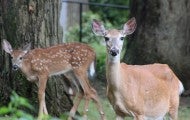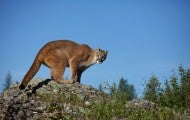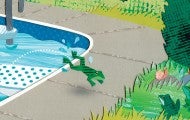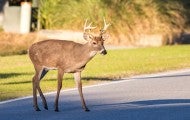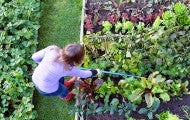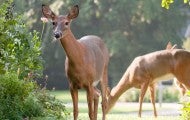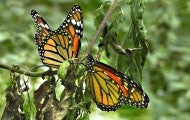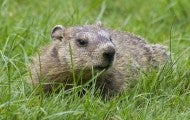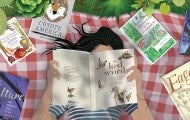For seven years, Kali Pereira of the Humane Society of the United States crept up on deer in the steep, tight, wooded neighborhoods of Hastings-on-Hudson, north of New York City. In and around the small yards of the densely populated village. Watching for dogs—some leashed, others running loose in...
It seemed like a good idea at the time: Buy a house with a two-acre property, let our energetic herding dog have the run of the place and spend blissful summer days digging side by side in the dirt with her. And it was blissful, watching Mattie carve out her napping spots behind the ferns and tall...
It's common to see baby wild animals outside during spring as a new generation makes its way into the world. Sometimes you’ll even see these babies alone, with no parent in sight. For animal lovers, the instinct to help can be difficult to ignore. But unless the animal is truly orphaned or injured...
As monarch butterflies and hummingbirds headed south this fall, I dreamt of following my favorite snowbirds to Mexico and Central America. But I stayed home instead, where I have a window onto the spectacular world of winter wildlife: northern flickers tossing maple leaves with their beaks in search...
As the world stopped turning and the fires started burning this summer, there was a hole in my heart that only a chipmunk could fill. Shy at first, the distant object of my affection warmed to my presence, until one day we even had breakfast on the patio together: a coffee for me and a snail for Mr...
The following resources are available for land owners and land trusts participating in the Humane Society Wildlife Land Trust's Humane Stewardship Alliance. Contents Resources for participating alliance members Template wildlife conflict management plans Species-specific wildlife conflict resolution...
If I hadn’t been watching with my own eyes, I might not have believed it myself. But here she was, a monarch butterfly, intently probing a dead plant in the middle of a vibrant patch of flowers she all but ignored. Unaware of the scientific literature, she didn’t know that her kind wasn’t supposed...
It’s not easy to write a book roundup for All Animals. As the magazine’s name implies, we don’t discriminate. A book that celebrates butterflies and birds but maligns squirrels and snakes will never make the cut. That narrows the field considerably but still leaves treasures for summer reading. From...


